PROTECT YOUR DNA WITH QUANTUM TECHNOLOGY
Orgo-Life the new way to the future Advertising by AdpathwayTulips are enchanting flowers that grow from bulbs and come in a wide array of colors and color combinations. They have a rich history of symbolism and continue to be one of the most popular plants in floristry. They are especially popular in the Netherlands, where tourists flock to see the expansive drifts that span large swaths of countryside.
A gift of these blooms can represent love, affection, forgiveness, and rebirth. For a celebration of new beginnings, these are the perfect gift. These flowers come in many forms, each one lovelier than the next. However, the title of the showiest tulip typically goes to the parrot varieties, which is what we are here to explore.
Parrot Tulip Overview

|
Plant Type Perennial Family Liliaceae Genus Tulipa Species x gesneriana |
Native Area Central Asia and The Middle East Exposure Full sun Height 1’-2’ Watering Requirements Moderate |
Pests & Diseases Aphids, mites, slugs, snails, bulb rot, tulip fire, tulip-breaking virus Maintenance Moderate Soil Type Well-drained, fertile, loamy Hardiness Zone 3-8 |
What Are Parrot Tulips?
 Stunning, frilly flowers bring vibrant color to any bed.
Stunning, frilly flowers bring vibrant color to any bed.Parrot tulips are unique in their genus beloved for their large, feathery, and frilly blooms. While all tulips are beautiful, these are some of the most eye-catching and colorful. They add texture and interest to your spring beds and make gorgeous additions to the cutting garden.
These beautiful bloomers are not difficult to grow as tulips go. They need the same care as any other type. The only thing that makes them slightly more challenging are the flowers, which tend to be somewhat more delicate. Their irregular edges tear more easily.

Characteristics
 These striking flowers add drama and color to any space.
These striking flowers add drama and color to any space.Known for their flashy blooms, parrot tulips tend to get a lot of attention when in the company of other types. The flowers are large, with frilly petals that usually have fringed or feathered edges. This is their most unique trait, though their colors are another point of interest.
These striking hybrids come in shades of red, yellow, pink, purple, orange, green, white, and burgundy. Each variety usually has a combination of more than one color, with few exceptions. Often the center of the petals is one shade, and the edges another, which makes those feathery edges stand out even more.
These are late bloomers, bringing color to the garden when most varieties have finished for the season. They are taller than average, with thick, sturdy stems that make them great for cutting and floral arranging.
Native Area
 These tough plants flourish where few others can survive.
These tough plants flourish where few others can survive.Tulips are native to the Mediterranean, parts of Asia, and the Near and Middle East. Wild species often grow in surprisingly harsh conditions. They commonly show up in mountainous areas with cold winters.
It may surprise you to hear that these plants grow in rocky areas where little else thrives. They are highly cold-tolerant and, in fact, need quite a bit of cold in the winter if you want them to bloom well. They may look delicate, but tulips are tough plants that tolerate conditions that many cannot.
Planting
 Early fall planting helps bulbs establish roots before frost.
Early fall planting helps bulbs establish roots before frost.Growing parrot tulips from seeds is possible, but it’s a time-consuming process, and you’re unlikely to see flowers for up to seven years. As a result, most gardeners choose to start with bulbs, most of which will bloom in their first year.
Plant your bulbs in the fall so that they get a period of cold weather. They need these cold temperatures to grow and bloom, and if you wait until spring to plant them, they aren’t likely to get it. Depending on your climate, September and October are great times for planting spring bulbs of all kinds.
I say that it depends on your climate because you want to get them in the ground before your first anticipated frost date. This gives them a chance to put on some root growth before the ground freezes and they enter their winter dormancy. If you don’t have frosts where you live, chill the bulbs in the refrigerator for at least 8 weeks, and up to 20 weeks.
Choose a sunny spot for the biggest and most robust blooms. Make sure that they have excellent drainage, as wet soil is a recipe for bulb rot. If your bulbs rot, you’ll have a disappointing showing in the spring.
Plant your bulbs in holes that are about five inches deep. Place them with the flat side down. This is where the roots form. The plant will sprout from the pointed end, so this should face upward. Backfill the holes with topsoil and give them a layer of protective mulch. Water every few days until the ground freezes.
How to Grow
Under the right circumstances, parrot tulips are reliable and not difficult to grow. They are hardy in zones 3-8, as the winters in these climates provide enough cold weather to satisfy their needs.
You can grow these in warmer climates, but they require more work. If you are growing them in zones 9-11, they will behave as annuals. If you want them to return next year, you’ll need to dig up the bulbs and store them in your refrigerator for three to four months over the winter.
Light
 Plant in sunny spots for big, strong, thriving flowers.
Plant in sunny spots for big, strong, thriving flowers.If you want big, beautiful, strong blooms, plant your bulbs in a spot with plenty of direct sunlight. If they don’t get enough light, you’ll end up with long, leggy, floppy stems, and the flowers will be sub-par.
If you’re planting in a warmer climate, remember that these plants prefer cool temperatures. It will be more difficult to grow them in zones 9-11. You will have more success if you give them afternoon shade in these areas.
In any climate, the morning sun is ideal. This is when the light is coolest, and there is the least chance of sunburn. Because they bloom in cool weather, this is rarely an issue, but keep an eye out for white burns on the foliage.
Water
 Avoid soggy soil to prevent bulb rot in fall.
Avoid soggy soil to prevent bulb rot in fall.Watering is most important when you first plant your bulbs in the fall. They need to develop roots before they enter dormancy, and water is essential. After planting, water every two to three days until your ground freezes, then stop.
Don’t keep the soil wet or soggy, as this will cause the plants to rot. If you get a lot of rain in the fall, adjust your watering routine accordingly. The ground should stay lightly moist but not wet.
Spring weather tends to include more significant rainfall, so keep up with a similar routine and mindset. If the soil is moist, your tulips will be happy. They don’t need a great deal of moisture once they establish roots. They store water and energy in their bulbs.
Soil
 Loosen compacted soil with compost for better drainage.
Loosen compacted soil with compost for better drainage.The most important factor in soil is that it needs to be well-draining. As I mentioned, tulip bulbs rot easily, so it’s important that they don’t sit in wet soil.
If you have dense or compacted soil, amend it with organic matter like compost or peat moss. This will loosen up the soil, improve drainage, and add nutrients. Tulips like slightly acidic soil, and adding organic matter will lower the pH as well.
Temperature and Humidity
 Late bloomers take time but deliver stunning results.
Late bloomers take time but deliver stunning results.Tulips need cold weather. Ideally, they should get about ten weeks of temperatures in the freezing range or below. They may not perform well if you have a mild winter in zone 8. If this happens, dig them up and store them in the fridge for a month, then replant. This may help, but there are no guarantees.
Your parrot tulips will start to pop up after a period of about a week of temperatures in the 50s (10°C). These are late bloomers, so don’t panic if they don’t grow as quickly as other types. They take their time, but they are worth it.
Fertilizing
 Provide nutrients with compost and fertilizer for stronger flowers.
Provide nutrients with compost and fertilizer for stronger flowers.Tulips aren’t particularly heavy feeders, but they will appreciate some fertilizer. Apply a little fertilizer to the holes at planting time. You can top dress with some compost, which will break down over the winter and be available to them when they come out of dormancy.
As soon as they sprout in the spring, top-dress them with a balanced fertilizer or a bloom booster. A balanced fertilizer will encourage flowering as well as green growth.

Maintenance
 Cut faded stems to allow bulbs to store energy.
Cut faded stems to allow bulbs to store energy.I recommend covering your bulbs with a layer of mulch in the fall. It improves drainage and helps the soil to retain moisture. You don’t have to deadhead your tulips for more flowers, but you should cut the flower stems when the blooms fade.
After blooming, the bulbs draw nutrients back down from the plant. It’s important to facilitate this, as they store that energy for next year. Cut the entire flower stem at the base.
After they finish blooming, your tulips will begin to draw all of their energy and nutrients back into their bulbs. The foliage will turn brown and lifeless. Cut the plant to the ground.
At this point, in warmer climates, you should dig them up and store them for next year. Remember that they need at least 10 weeks of cold. In cooler climates, cover them with mulch and leave them to rest for next year.
Propagation
 Digging and dividing bulbs ensures strong, energetic growth.
Digging and dividing bulbs ensures strong, energetic growth.While you can grow them from seeds, it’s not the most convenient or effective way to propagate your tulips. The best way to do it is by division. Tulips, like other bulbous plants, produce offsets.
Every two to three years, whether you want to propagate or not, you should dig up your bulbs and separate them so that they all develop. Otherwise, they will draw energy from the main bulb, and none of them will bloom to their full potential.
Use a garden fork to loosen the soil around your bulbs and gently lift them out of the ground. If needed, use a sharp knife to separate the offsets from the parent bulbs. Sometimes, it’s easy to simply break them apart by hand, but try not to damage them in the process.
Store your young bulbs in a cool, dark, dry room until it’s time to plant them. In the fall, when temperatures are consistently below 50°F (10°C), drop them in the ground. They may not flower in their first year. But they will use the time to store energy and should bloom in their second year.
Popular Varieties
There are so many beautiful varieties of parrot tulips. Here are some truly spectacular cultivars.
‘Caribbean Parrot’
 Bold yellow petals and orange edges add tropical flair.
Bold yellow petals and orange edges add tropical flair.Vibrant is the word for this variety. These bright yellow beauties have a golden glow that rivals any daffodil. The feathered edges have a deep orange tint, making these look tropical, even though they are certainly not.
‘Green Wave’
 A green strip and rose pink edges create a stunning contrast.
A green strip and rose pink edges create a stunning contrast.You might mistake this tulip for a rose. It has gorgeous, twisting petals in a trio of complementary colors. The foundation is creamy yellow, with a bright green strip down the center. The most dominant shade is the bright rose pink that decorates the ruffled edges.
‘Super Parrot’
 They have pure white beauty with a soft green and yellow touch.
They have pure white beauty with a soft green and yellow touch.This is a uniquely stunning cultivar among the parrot group. Where most varieties are a melange of bright, complementary colors, ‘Super Parrot’ is the purest white tulip I’ve ever laid eyes on. There is a tiny spot of green in the center decorated by a small crown of yellow stamens.
Common Problems
Tulips aren’t particularly susceptible to diseases and don’t have major pest problems, but there are some things to keep an eye on.
Pests
 Insects can damage plants with their sticky waste and mold.
Insects can damage plants with their sticky waste and mold.Aphids can be an issue for tulips, as they can for nearly every plant in the garden. This won’t be their first choice, but they won’t pass them up either. Their sweet, sticky excrement left behind is a breeding ground for black sooty mold, which can interfere with photosynthesis and looks unsightly.
Bulb and spider mites may turn up, but proper watering can usually prevent these. Bulb mites show up when the soil is too wet, and spider mites prefer dry weather. All three pests will do less damage to a healthy plant, so fertilize and water properly. Neem or horticultural oils can help if you’re dealing with an infestation.
Slugs and snails can be a problem, as they come out at night and eat holes in your foliage and flowers. Use baited traps to lure them away from your tulips and prevent this damage.
Diseases
 Fungal infections cause burn marks and mold on leaves.
Fungal infections cause burn marks and mold on leaves.Root rot, both fungal and bacterial, is the most common disease issue for these flowers. Both can lie beneath the soil and rot your bulbs before they have a chance to sprout.
Another disease to look out for is tulip-breaking virus, which appears as mottling on the leaves and flowers. This is fatal and incurable; pull these plants and dispose of them to stem the spread.
Finally, tulip fire is a fungal disease caused by the pathogen botrytis. It manifests in burn marks on the foliage and sometimes moldy spots. If you notice this, pull the tulips and get rid of them. It will spread if you don’t act quickly to control it.
FAQs
Most often, these work well with daffodils, hyacinths, and other spring-blooming bulbs. A drift of them alone can be truly spectacular.
No, the bulbs are highly toxic, and pets should steer clear of them.
They love cold weather and need little care through the winter. Cover them with mulch and stop watering when the ground freezes.


 7 months ago
82
7 months ago
82
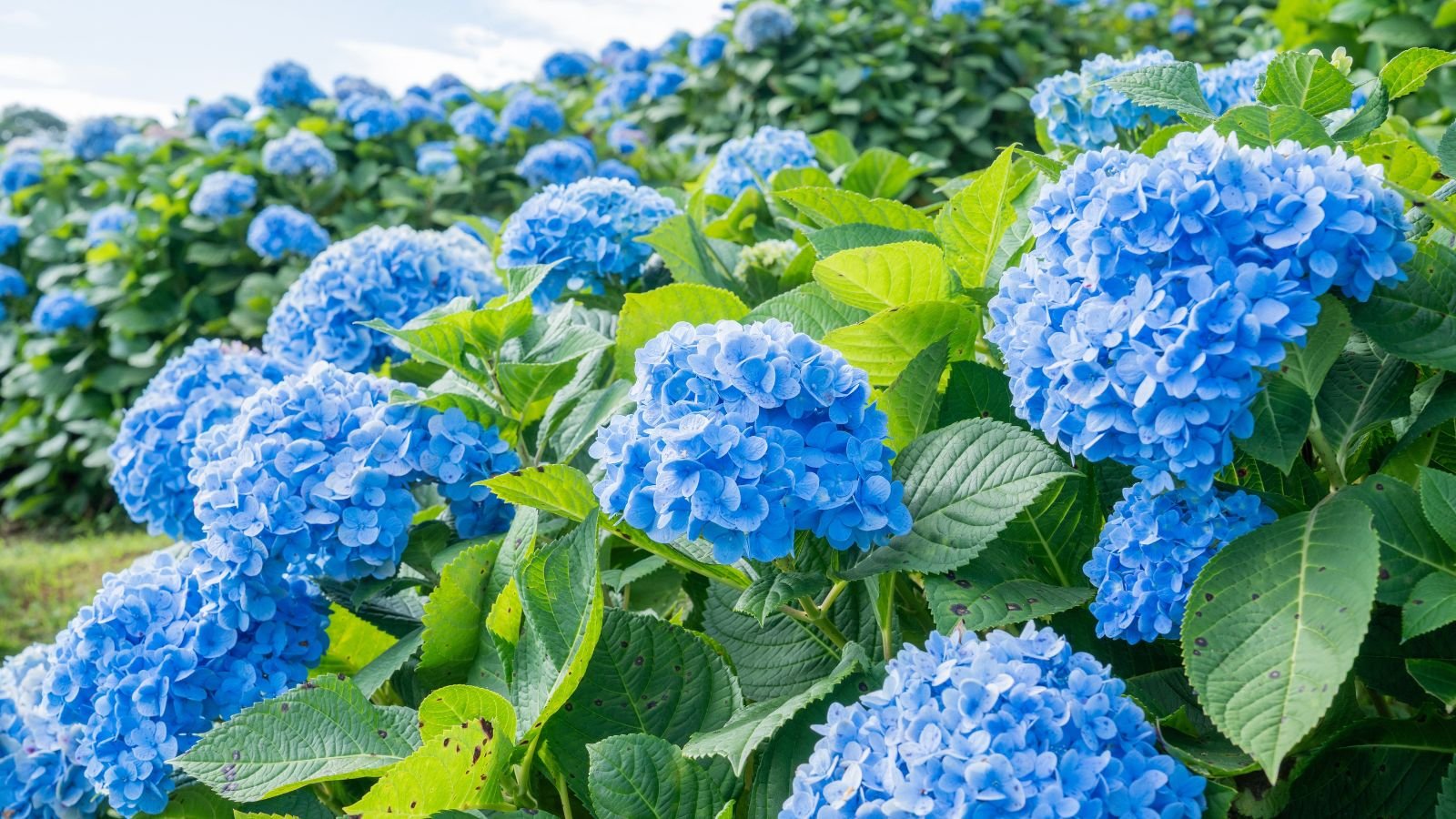
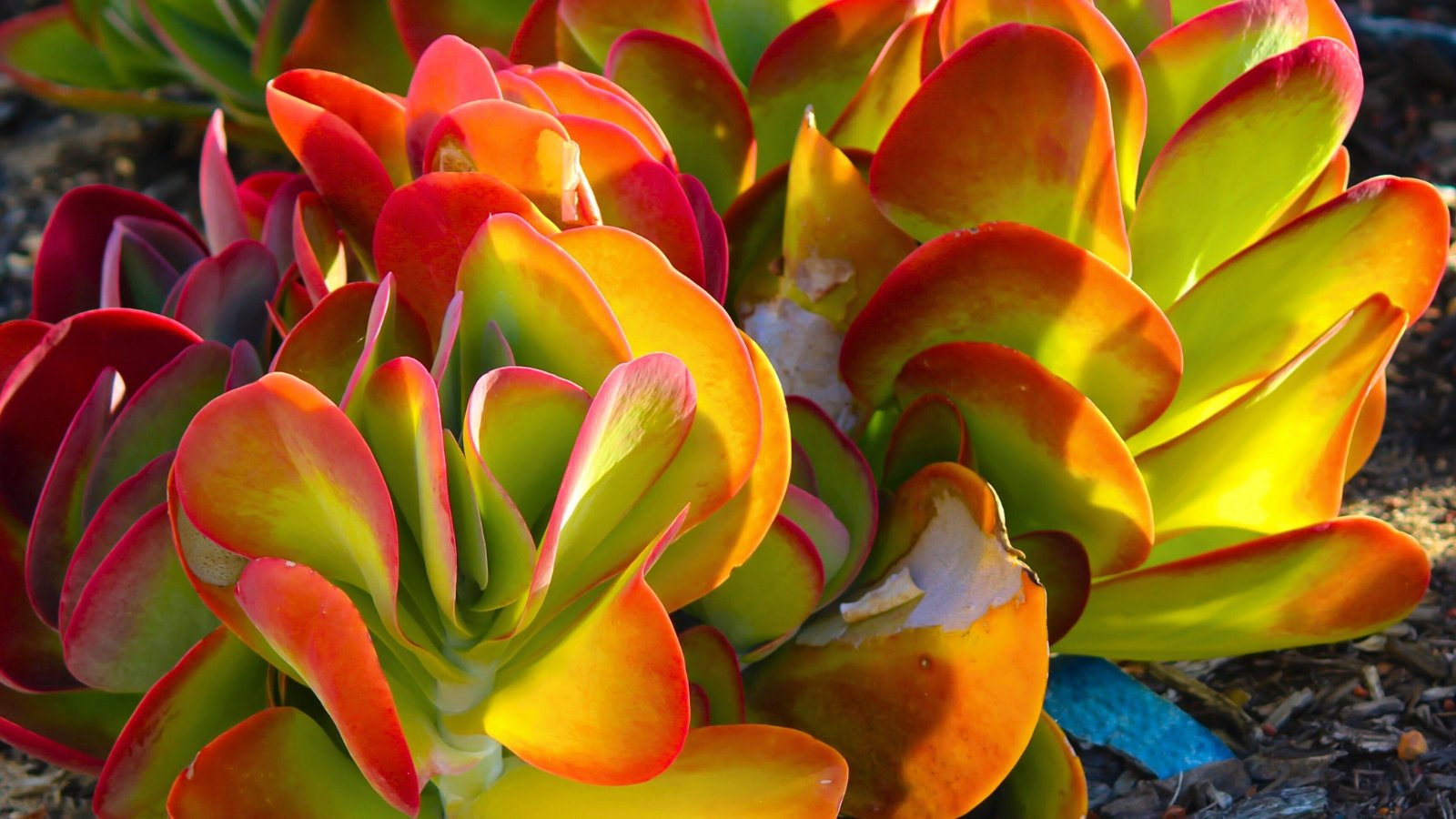
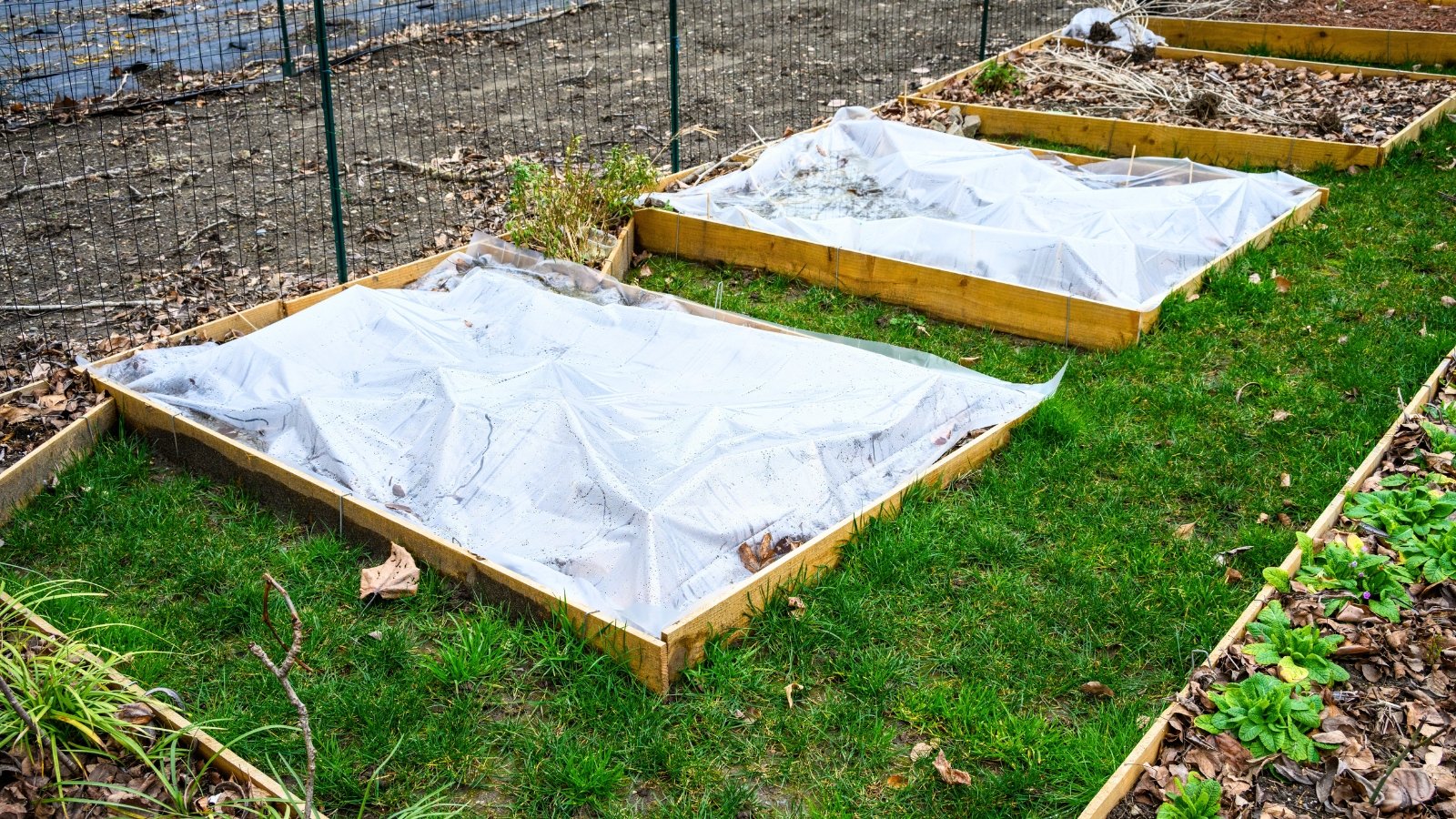
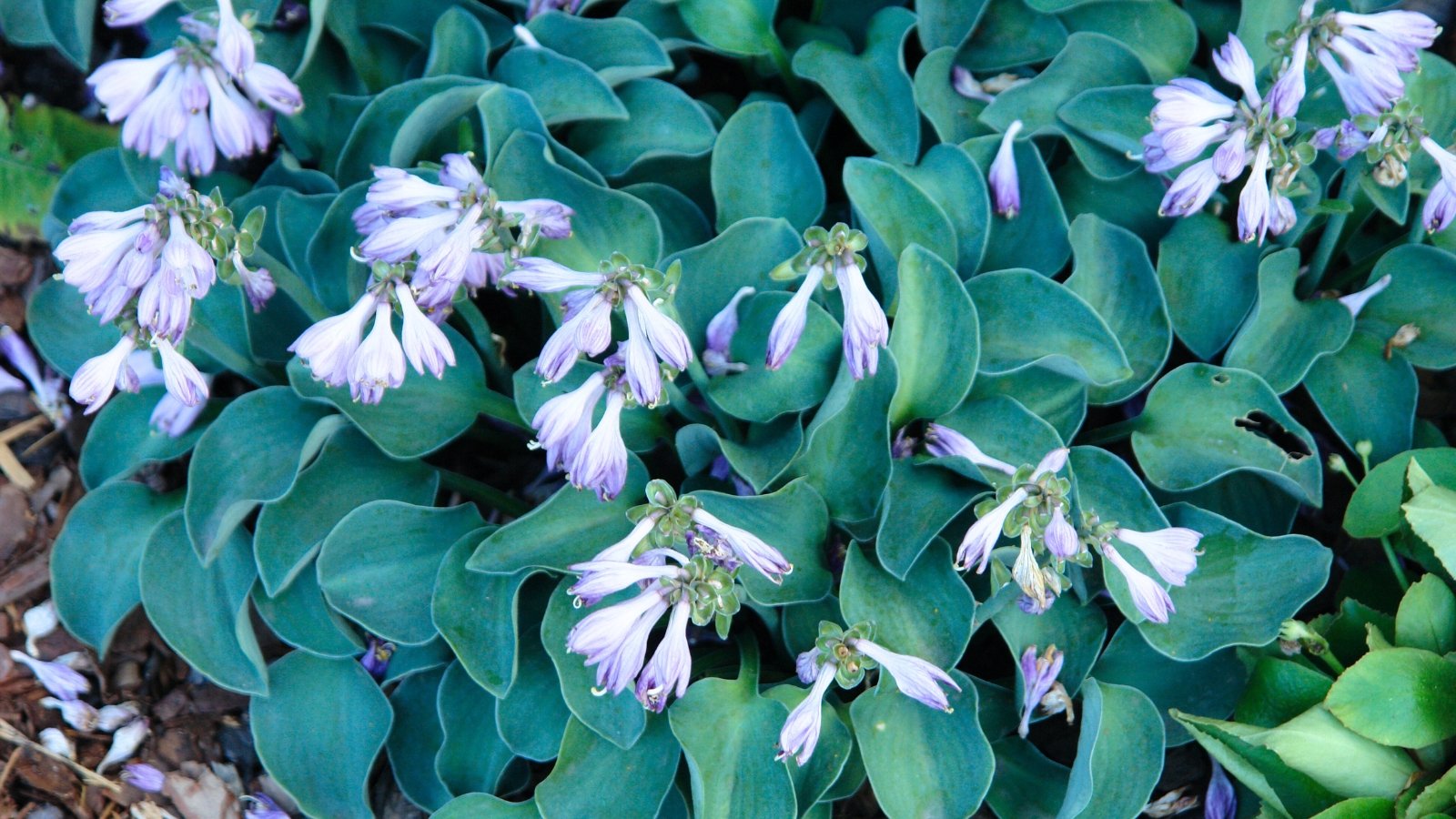


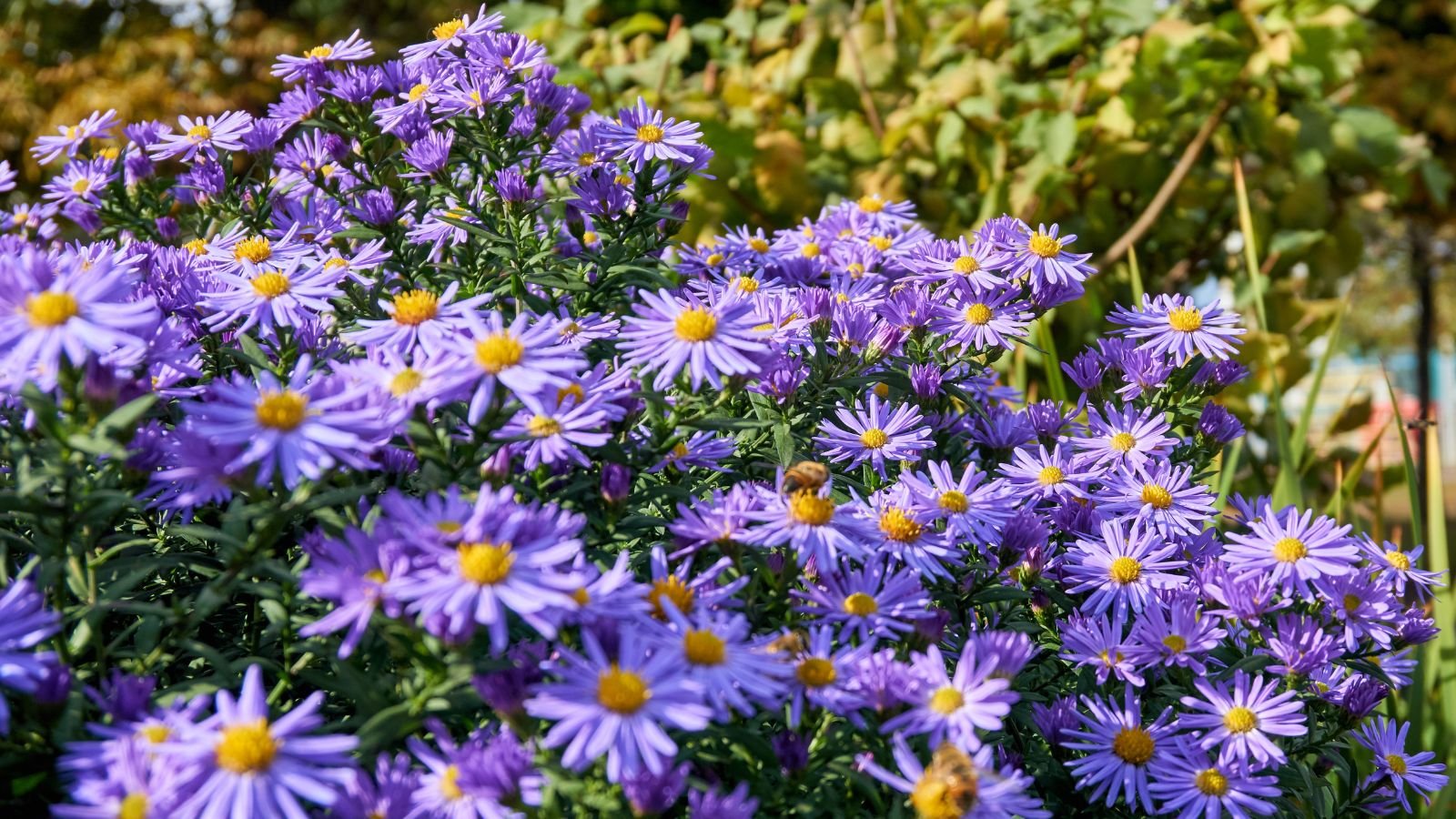














 English (US) ·
English (US) ·  French (CA) ·
French (CA) ·